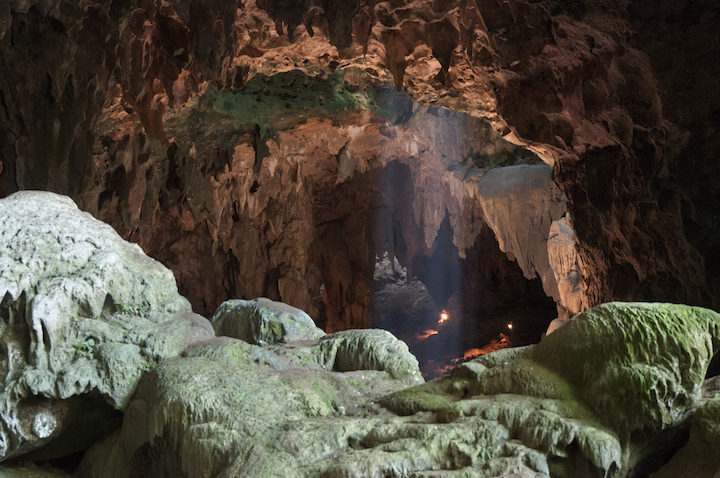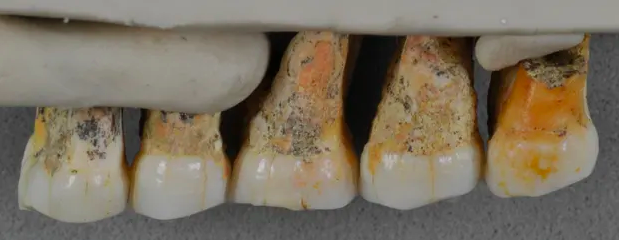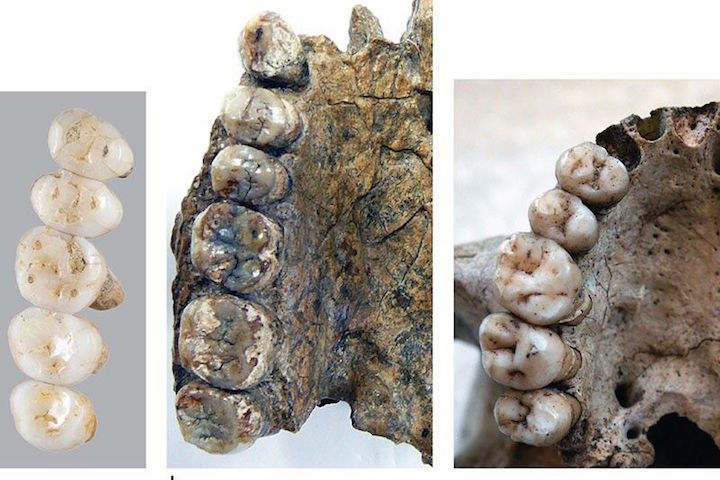12 years ago, in 2007, a group of researchers found a bone in Cagayan’s Callao Cave. These researchers from France, Australia, and the Philippines would later realize that this bone dated back 67,000 years. They would then release a study on Nature on April 10, 2019, stating the discovery of a new human species which began with this very bone.
The uncovering of seven teeth and five different bones ranging from 50,000 to 67,000 years old at the site would help build their case. The bones, which consisted of two hand bones, three foot bones, and one thigh bone, would not complete a skeleton but were enough to clearly set them apart from what we know of the Homo erectus.
Florent Détroit, a co-author of the study, explained in a press briefing that “from the beginning, [they] realized the unusual characteristics of these fossils. [They] completed the comparisons and analyses, and it confirmed that this was something special, unlike any previously described species of hominins in the homo genus.”
The teeth, in particular, were quite telling of the distinction as they combined different elements from early humans. Détroit describes further that “it’s a mixture that we haven’t seen in other species. And that was what told us, among other things, that this doesn’t correspond to what we know today, so we have described a new species.” The small size of the teeth indicated an equally small stature of perhaps less than 4 feet.
(The first-ever photo of a Black Hole has just been revealed)
Another interesting discovery is the particularly unique foot bone of the Homo luzonensis. The emphasized curve of the bone is closest to a human species which existed in Africa 2 to 3 million years earlier. The species which existed at that time in other parts of the world had long evolved from those bone structures. Its shape (along with the curved nature of its fingers) point to an abundance of time spent climbing. While the researchers do believe the Homo luzonensis walked upright, they maintain that climbing was a large part of their behavior.
Some of the teeth belonging to Homo luzonensis
The significance of this is two-fold. Firstly, it “provided the latest challenge to the fairly straightforward prevalent narrative of human evolution.” Meaning, the previously held timeline for evolution is beginning to see a shift. Theories of evolution generally operated on the idea that early human species only existed in Africa. Then, about 2 million to 1.5 million years ago, the ‘large-bodied ancient human’ or Homo erectus, left Africa for areas which are now known as Spain, China, and Indonesia.
(LOOK: NASA’s Hubble space telescope captured the birth of a new star)
However, the discovery of the Homo luzonensis here and the Homo floresiensis in Indonesia around 15 years ago points to species which did not descend from the Homo erectus. It could mean that humans started dispersing from Africa earlier than believed, or it could mean something else entirely.
As Détroit says: “We now know that it was a much more complex evolutionary history, with several distinct species contemporaneous with Homo sapiens, interbreeding events, extinctions. Homo luzonensis is one of those species and we will [increasingly see] that a few thousand years back in time, Homo sapiens was definitely not alone on Earth.”
A comparison of fossil teeth among the Homo Luzonesis, Homo Erectus, and the Homo Sapiens
The second implication that arises from this discovery is the Homo luzonensis settling on the island of Luzon. Scholars have long theorized that early humans were simply not smart enough to navigate the sea, so the presence of such an ancient species on the island begs debate regarding how they arrived there. As an island that has never had a land bridge, a significant amount of sea crossing would have been necessary.
Détroit posits that while “arrival by accident … is favoured by many scholars, this is mainly because of arguments like ‘Homo erectus were not clever enough to cross the sea on purpose’. But the fact is that we have now more and more evidence that they successfully settled on several islands in the remote past in south-east Asia, so it was probably not so accidental.”
(Meet Katie Bouman, the woman behind the first-ever image of a black hole)
Many questions remain about the Homo luzonensis and evolution in general according to Matthew Tocheri, an associate professor of anthropology at Lakehead University, “One thing can be said for certain. Our picture of hominin evolution in Asia… just got even messier, more complicated and a whole lot more interesting.”
What’s your own theory on this new species that was found?
Source: The Guardian
Photos courtesy of the Callao Cave Archaeology Project







